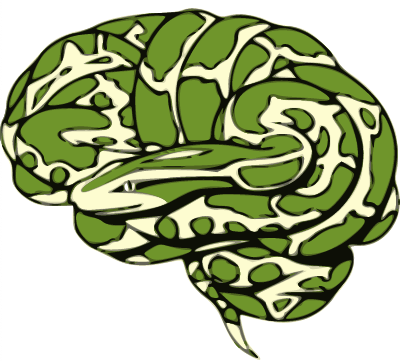Nipype¶
Welcome to the Nipype portion of the workshop! It covers the basic concepts and most common
use cases of Nipype and will teach you everything so that you can start creating your own
workflows in no time. We recommend that you start with the introduction section to familiarize
yourself with the tools used in this tutorial and then move on to the basic concepts section to
learn everything you need to know for your everyday life with Nipype. The workflow examples
section shows you a real example of how you can use Nipype to analyze an actual dataset. For a
very quick non-imaging introduction, you can check the Nipype Quickstart notebooks in the
introduction section.
All of the notebooks used in this tutorial can be found on github.com/miykael/nipype_tutorial. Please note that this is an adapted
version of the Nipype tutorial overview page that
was slightly changed to work within the jupyter book, as well as workshop setting. The tutorial is divided into 4 distinct parts as noted below: Introduction, Basic concepts, Workflow examples and Advanced concepts. To get more information and go through the respective sections, please navigate via the ToC on the left.
Please note, that Binder provides between 1G and 4G RAM memory and thus some notebooks from Workflow Examples might not work. All notebooks from Introduction and Basic Concepts parts should work.
For everything that isn’t covered in this tutorial, check out the main homepage. And if you haven’t had enough and want to learn even more about Nipype and Neuroimaging, make sure to look at the detailed beginner’s guide.
Introduction to Nipype¶
This section is meant as a general overview. It should give you a short introduction to the main topics that you need to understand to use Nipype and this tutorial. The section also contains a very short neuroimaging showcase, as well as quick non-imaging introduction to Nipype workflows.
Basic Concepts¶
This section will introduce you to all of the key players in Nipype. Basic concepts that you need to learn to fully understand and appreciate Nipype. Once you understand this section, you will know all that you need to know to create any kind of Nipype workflow.
Workflow examples¶
In this section, you will find some practical examples and hands-on that show you how to use Nipype in a “real world” scenario.
Advanced Concepts¶
This section is for more advanced users and Nipype developers.
Resources¶
This section will give you helpful links and resources so that you always know where to go to learn more.
You want to help with this tutorial?¶
Find the github repo of this tutorial under https://github.com/miykael/nipype_tutorial. Feel free to send a pull request or leave an issue with your feedback or ideas.
